Conheça o local onde a Embraer realizará avaliações de congelamento artificial do KC-390
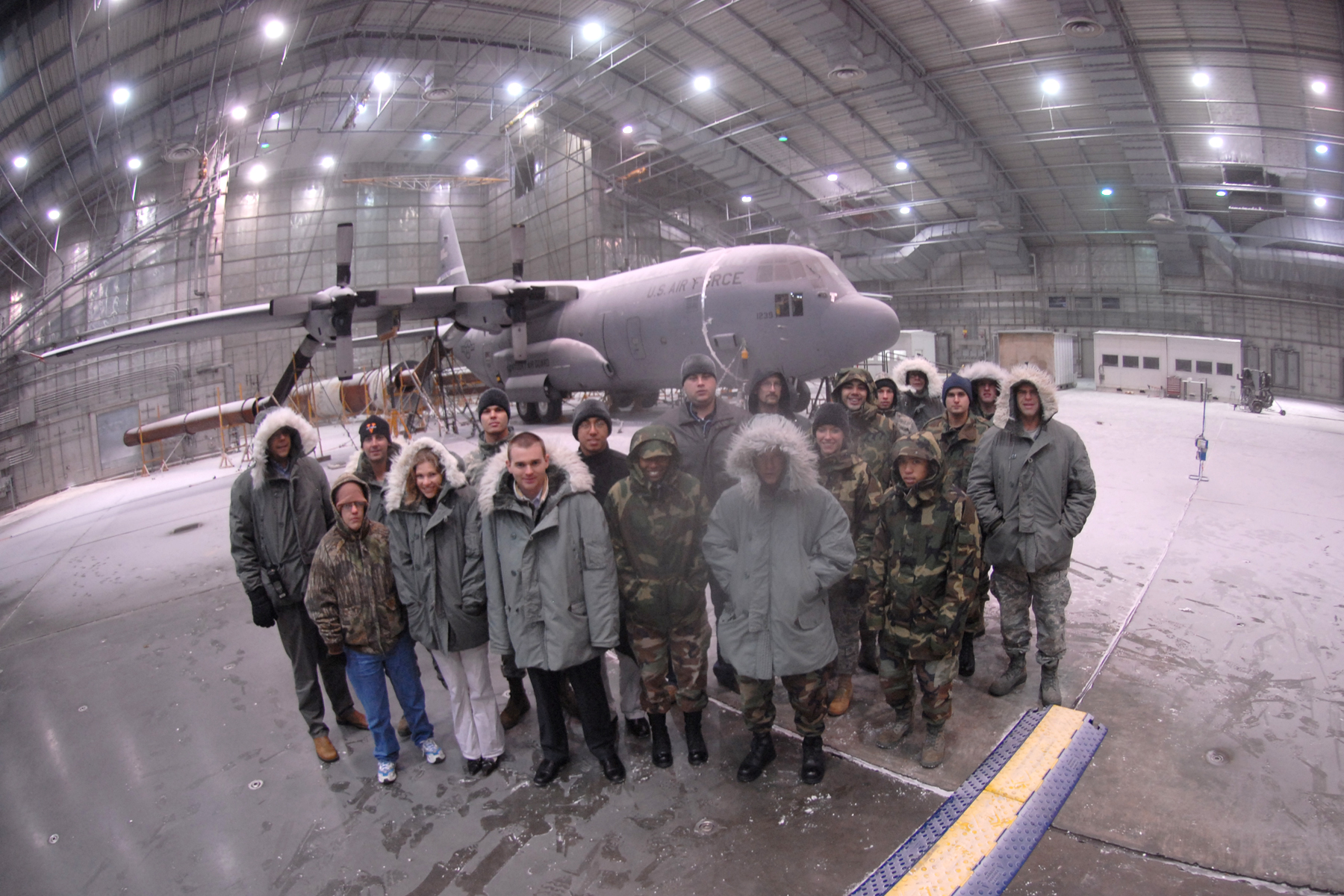
EGLIN AIR FORCE BASE, Fla. -- A group of Airmen from the Eglin Junior Force Council visits the McKinley Climatic Laboratory during a tour of the lab during extreme cold testing on a C-130 Hercules. The group of EJFC members took advantage of an opportunity to explore the lab while the temperatures were at -40 degrees Fahrenheit, as part of a program "Eglin Exploration." The program is a hands-on exploration of other missions on base designed for the junior force members. (U.S. Air Force photo by Staff Sgt. Mike Meares)
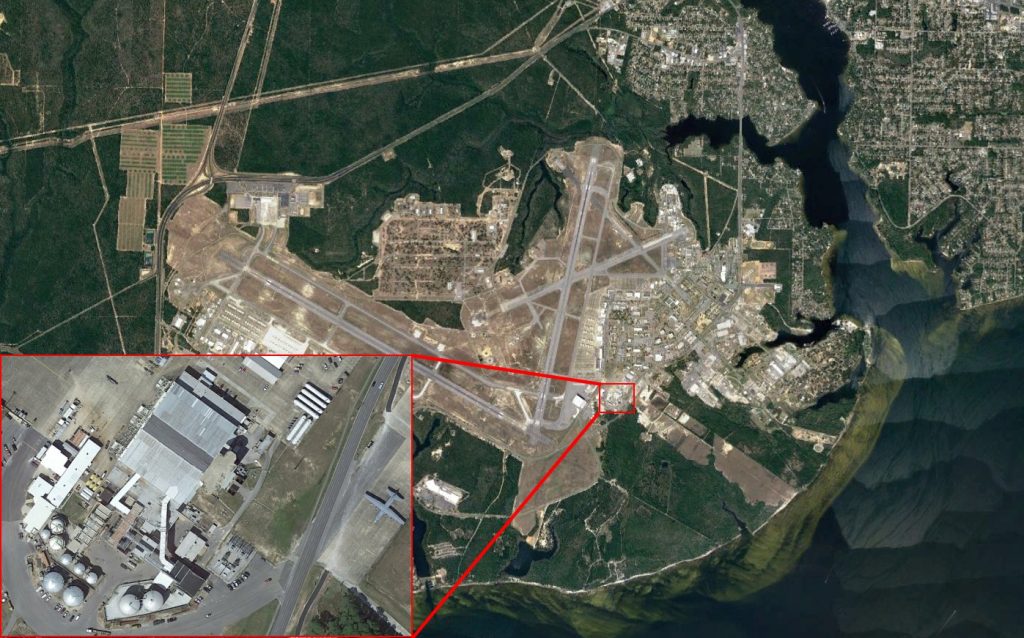
![]() A Base Aérea de Eglin é uma instalação militar de grandes proporções, mesmo para os padrões da USAF (Força Aérea dos EUA). Localizada entre as comunidades de Valparaiso e Lake Lorraine (estado da Flórida), a base cobre uma área de superior a 1,8 mil km2.
A Base Aérea de Eglin é uma instalação militar de grandes proporções, mesmo para os padrões da USAF (Força Aérea dos EUA). Localizada entre as comunidades de Valparaiso e Lake Lorraine (estado da Flórida), a base cobre uma área de superior a 1,8 mil km2.
São diversas as unidades militares ali estacionadas, sendo que atualmente boa parte das instalações está voltada para a introdução do F-35 em serviço. Ali estão a 33rd Fighter Wing (unidade de treinamento e manutenção de caças F-35), o 58th Fighter Squadron (treinamento de pilotos de F-35A) e o VFA-101 da Marinha (treinamento do F-35C).
Mas além dessas e outras unidades, a Base Aérea de Eglin também hospeda o 96th Test Wing. A unidade e responsável pelo desenvolvimento, aquisição e ensaios em voo de armamentos, sistemas de guiagem, navegação, comando e controle.
Subordinado ao 96th Test Wing está o McKinley Climatic Laboratory. Trata-se de um hangar refrigerado especialmente construído para testar aeronaves em clima extremos. O hangar foi erguido em 1947 e desde então gerações e gerações de aeronaves foram testadas ali sob condições severas e controladas. Aviões como P-51, P-80, F-22, F-117, F-35, C-5A e muitos outros já foram testados nas instalações.
Mas não só aeronaves militares passaram pelo hangar 440 (como é comumente referida a instalação). Aeronaves civis como o Boeing 787 e o Airbus A350 também foram avaliadas sob baixas temperaturas. Como se vê o hangar conta com dimensões consideráveis para ensaiar um leque amplo de aeronaves, incluindo helicópteros.
A câmara principal possui 77 m de largura por 79 m de comprimento e 21 m de altura. Temperaturas entre -54ºC e 74ºC podem ser simuladas, assim como neve, chuva, vento, areia e poeira. Há também uma câmara menor para testes de motores, veículos menores (blindados e carros de passeio entre outros) e unidades de potência. Por fim existem outras câmaras acessórias que simulam: sol, vento, chuva e poeira; ambientes corrosivos (alta salinidade) e altas altitudes.
O hangar 440 é a maior das instalações, mas o complexo conta também com um escritório, um prédio para instrumentação, uma planta para produção de vapor e uma célula para teste de motores.
Embora as instalações permitam a simulação do clima de qualquer região do globo terrestre a Embraer, assim como a FAB, está interessada em um ambiente específico. Conhecer o desempenho do KC-390 em condições de temperaturas muito baixas uma vez que uma das funções do KC-390 será substituir o C-130 Hercules nas missões ao continente antártico.
Além disso há o possível interesse de outros clientes que eventualmente operariam a aeronave sob condições mais frias durante boa parte do ano. Os testes estão marcados para o final do ano e esperamos que o KC-390 cumpra mais essa etapa com sucesso.
Veja nas fotos abaixo algumas aeronaves que já passaram pelas instalações do McKinley Climatic Laboratory.
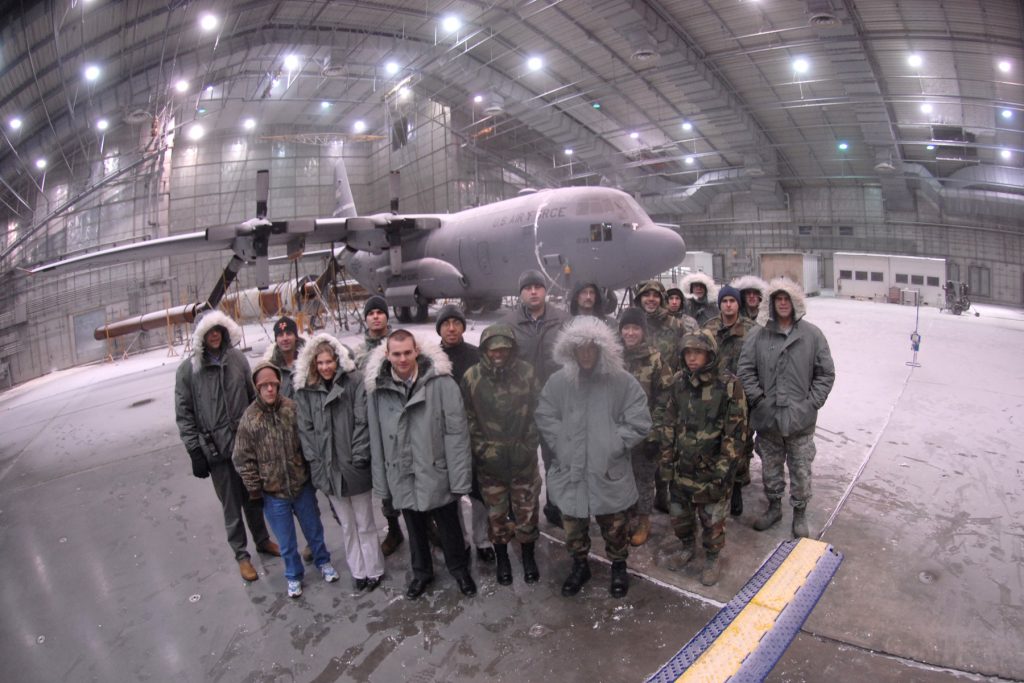
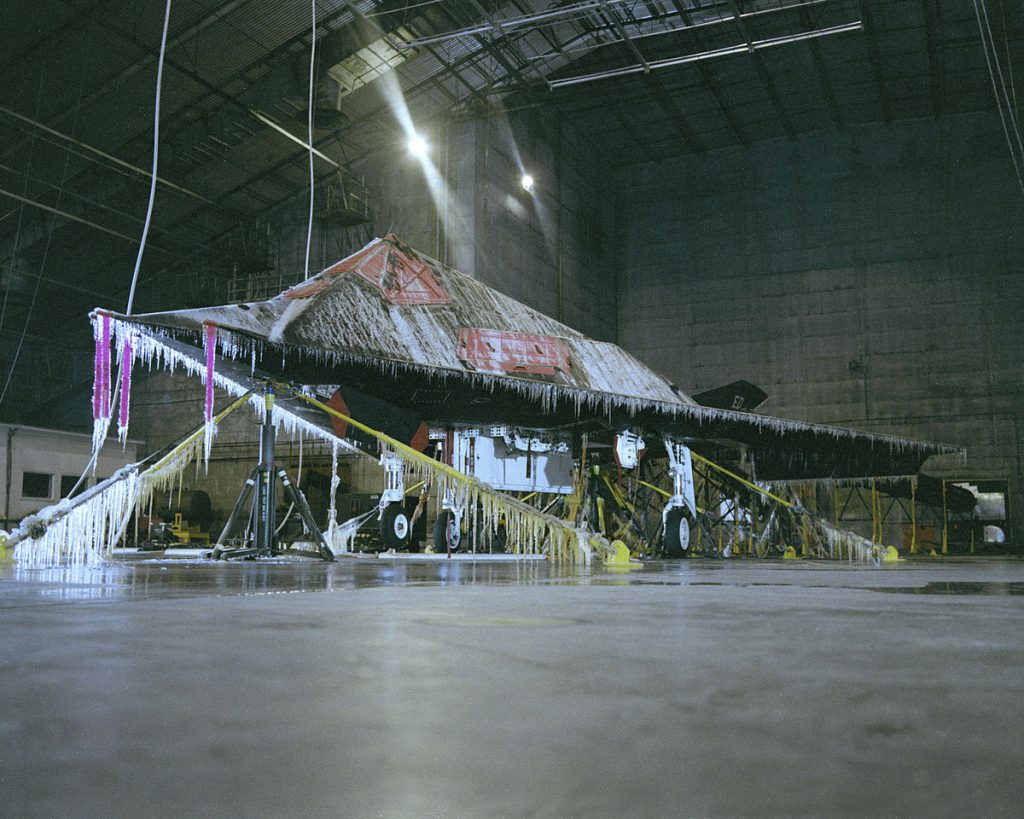
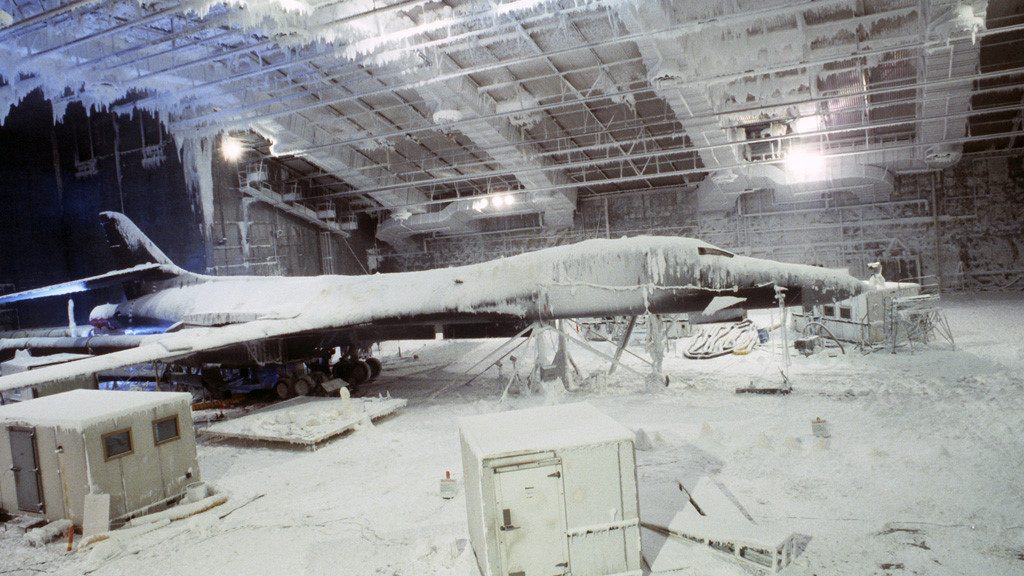
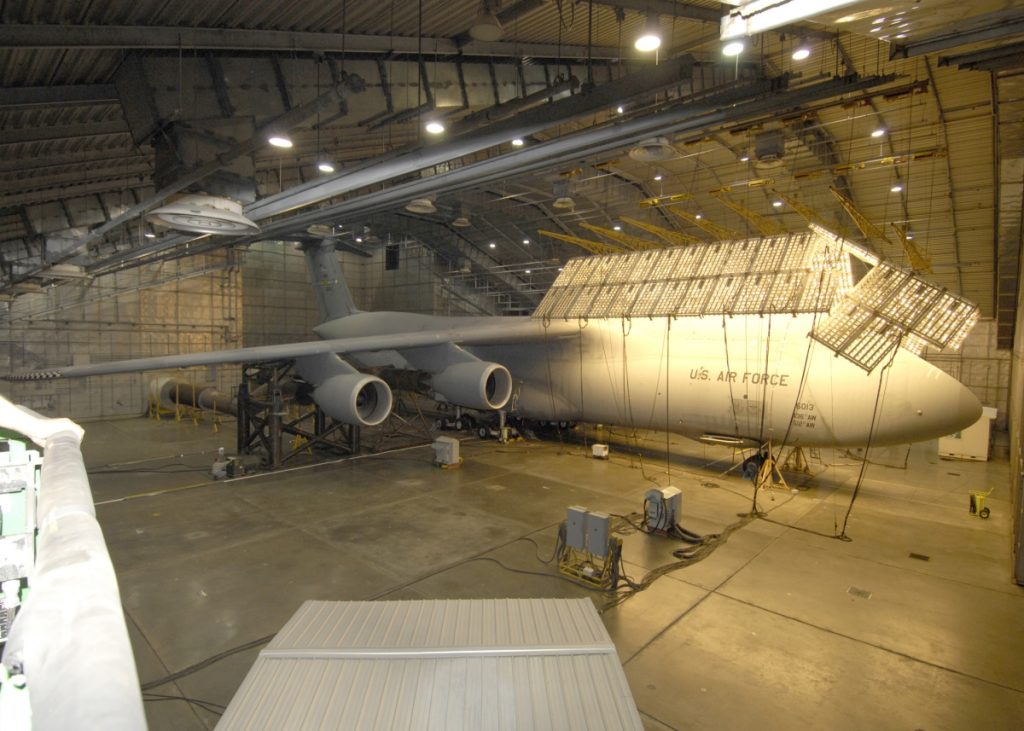



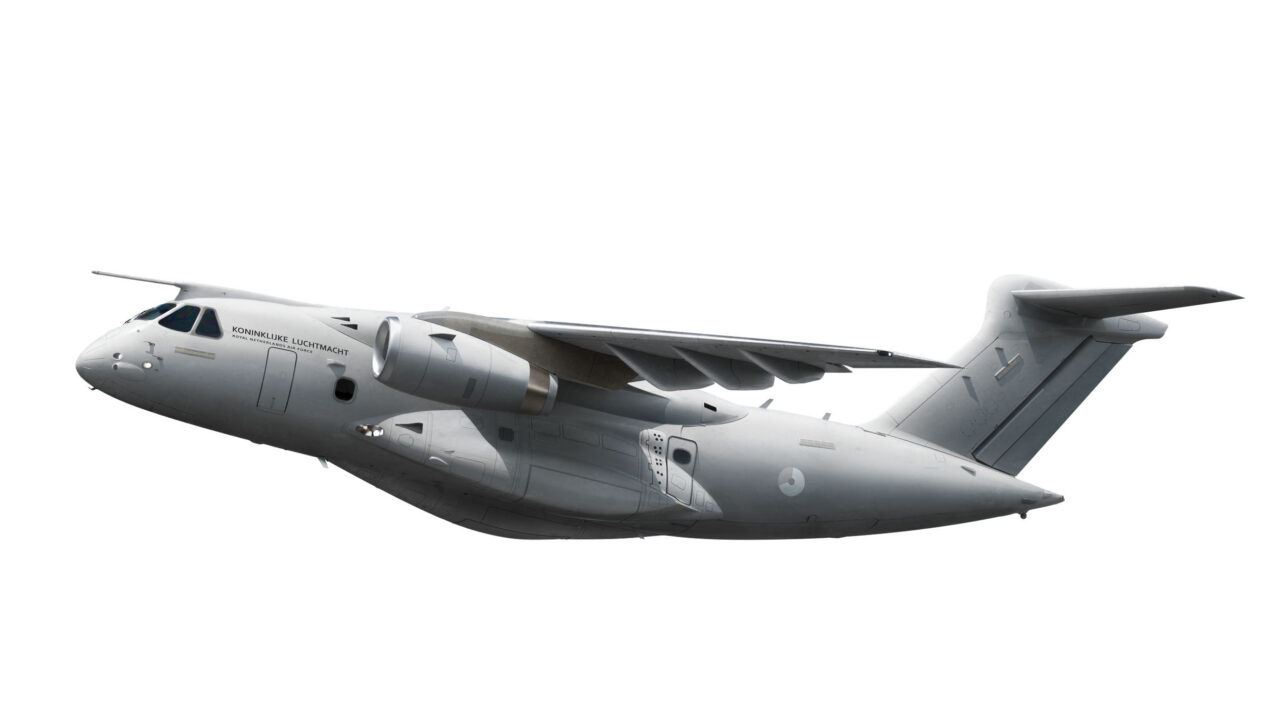
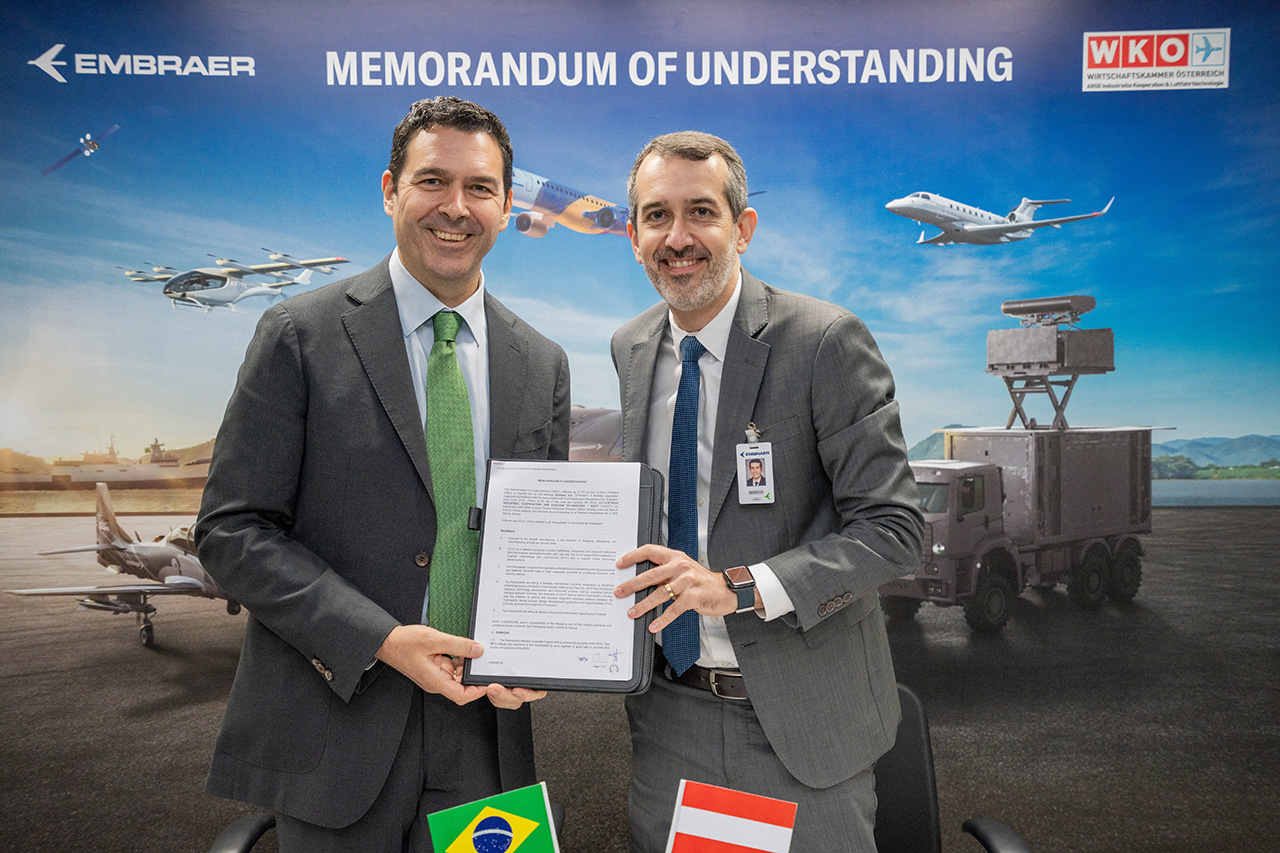
nao ha ventos no teste ????
vento com neve a 150Km por hora ????
o avião fica ali parado como se fosse um refrigerador, eh isso ??
Aqui estão alguns vídeos que eu encontrei numa rápida pesquisa na internet. Veja só que são vários e vários testes. No vídeo do C Series o narrador cita os testes de partida de bateria e de APU em condições de baixíssima temperatura. Imagino que o KC-390 deva passar por testes semelhantes. . No vídeo mais abaixo a mesma instalação testando um F-35 em condições de intenso calor. Deixaram o avião em ambiente com temperatura perto de 50ºC e então pediram para o piloto entrar e acionar os sistemas eletrônicos e aviônicos da aeronave. Também simularam uma decolagem vertical sob clima… Read more »
wwolf22
.
Tudo depende do que a Embraer deseja e, obviamente, quanto mais completo o teste, mais caro deve ser a fatura.
.
Conforme dito no texto as instalações possuem condições de simular neve, chuva, vento, areia, poeira, sol, ambientes corrosivos (alta salinidade) e altas altitudes.
.
Os testes podem ocorrer com motor ligado ou desligado.
Muito bom! por quanto tempo o KC-390 deve ficar por lá Poggio?
Poggio,
obrigado por esclarecer…
Não sei dizer por quanto tempo ele ficará lá. Imagino que isto esteja relacionado ao tipo e número de ensaios que a Embraer pretende fazer. Lembrando também que este deve ser um local muito concorrido e gente do mundo inteiro quer testar seus produtos lá. A Embraer conseguiu uma janelinha para testar o seu e, por tabela, fazer um pouco de propaganda (assim como o CSeries fez).
.
Também imagino que para marcar uma data seja necessário fazer o pedido com muito tempo de antecedência.